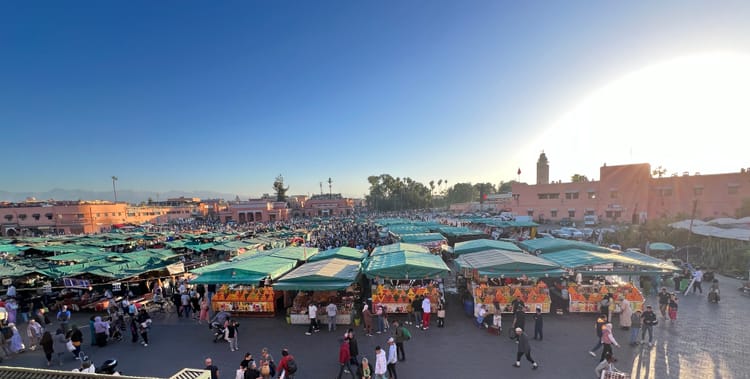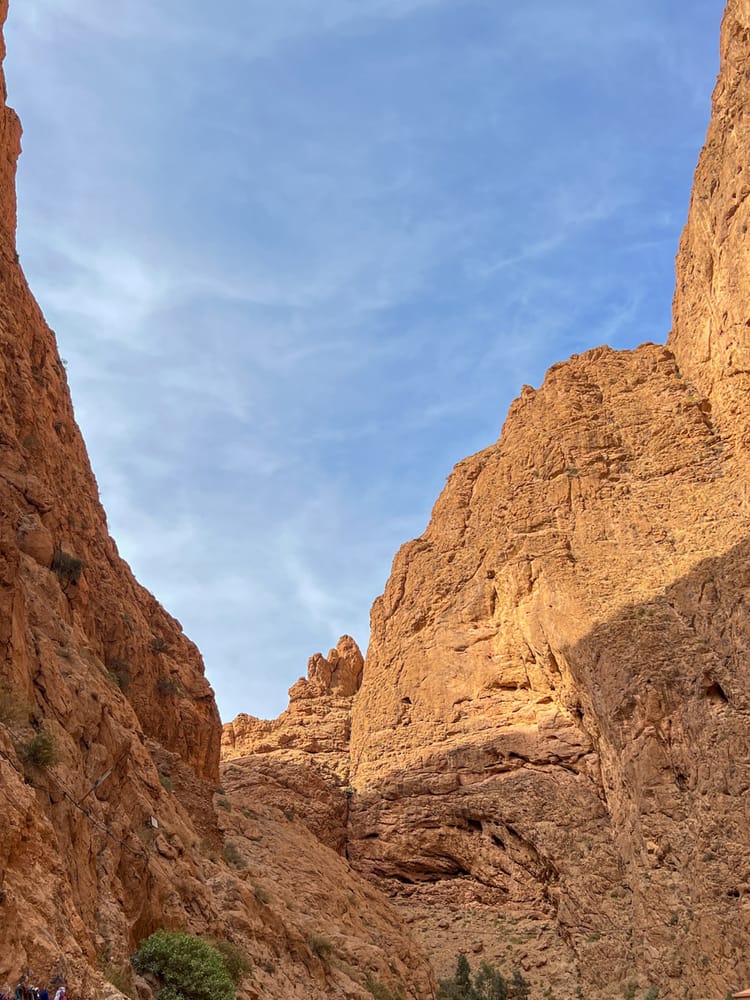Olive Oil and Castles...Portugal Part 4 1/2
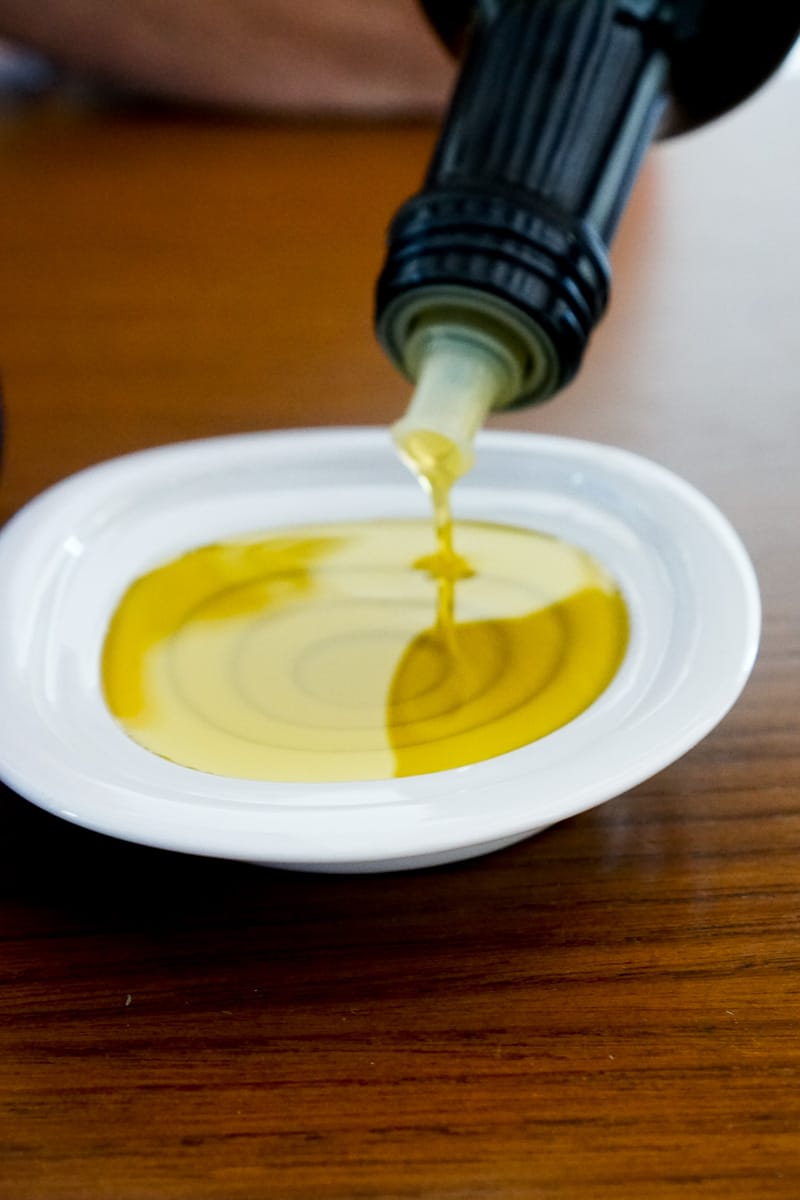
We weren't packed and ready to leave Évora just yet, but we did venture out into the countryside for a day.
Back in Tavira, I had hoped to go on an olive oil tour but there was a national holiday on the day we had planned to go and the local tour was closed. So, I was excited to learn that a tour at a small family-owned operation was not too far from Évora.
Évora is in the Alentejo area of Portugal. We learned that Portugal is the 7th largest olive oil producer globally, the fourth-biggest exporter, and 70% of its' domestic olive oil is from this area. So we were in the right place.
Climbing back in OLF, we headed north-west to Monte da Oliveira Velha
and saw some beautiful countryside on the way. Along the road, we saw many, many cork trees with numbers on them where the cork was stripped away. We questioned what that meant but, of course, we didn't have an answer. More about that later!

Seventeen kilometres from Évora, we met João, the grandson of the original owner at a lovely little farm. João was kind enough to come out from Évora to meet us, give us an olive oil tasting, and tell us about his passion project.
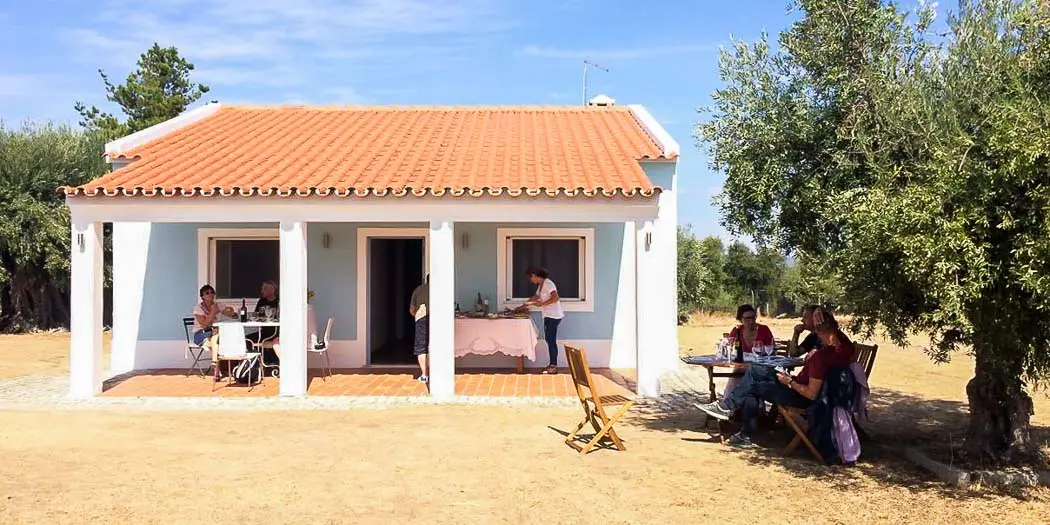

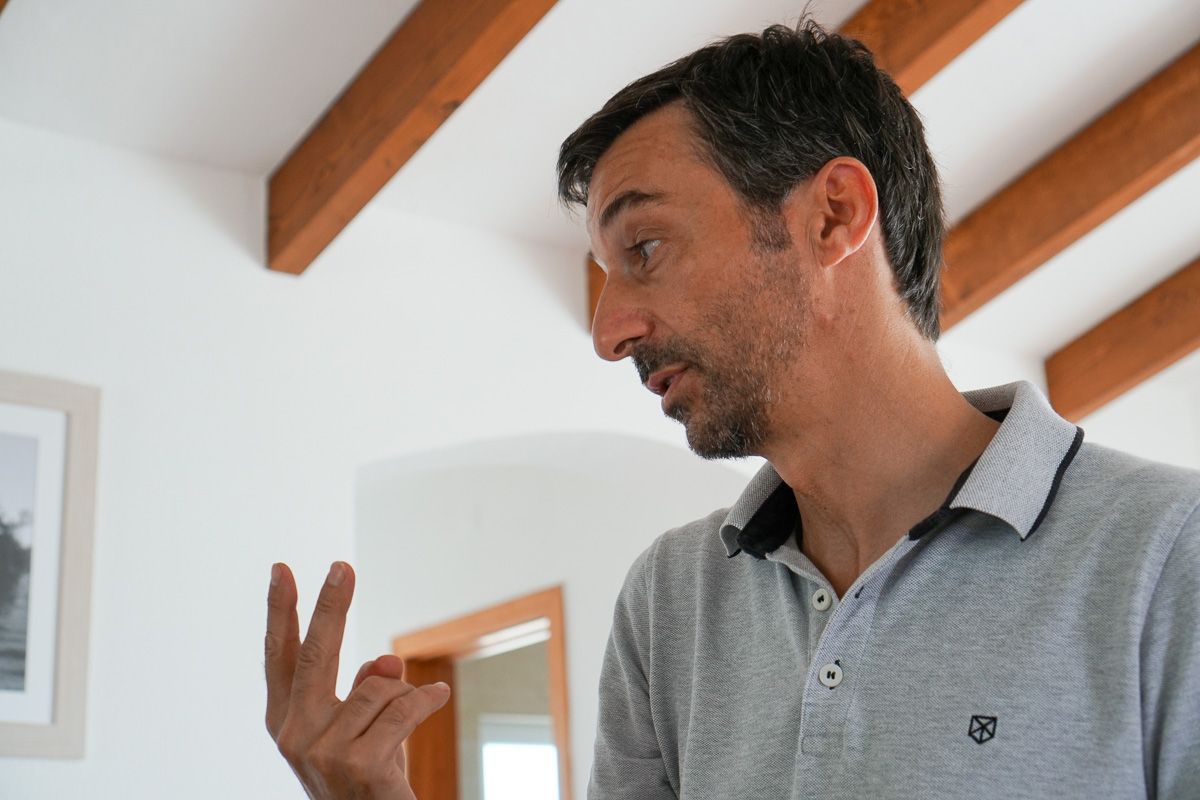
Left: courtesy https://www.visitevora.net/; Middle: João and 2000 yr old tree. Right: João teaching.
Sixty years ago, his grandfather planted an olive grove with over 230 trees, each tree is planted 12m x 12m apart. With no irrigation, this provided each tree with just enough water. Two trees that were already on the land were over 2,000 years old and are still standing and bearing fruit today. His grandfather only used these olives for eating not for oil.
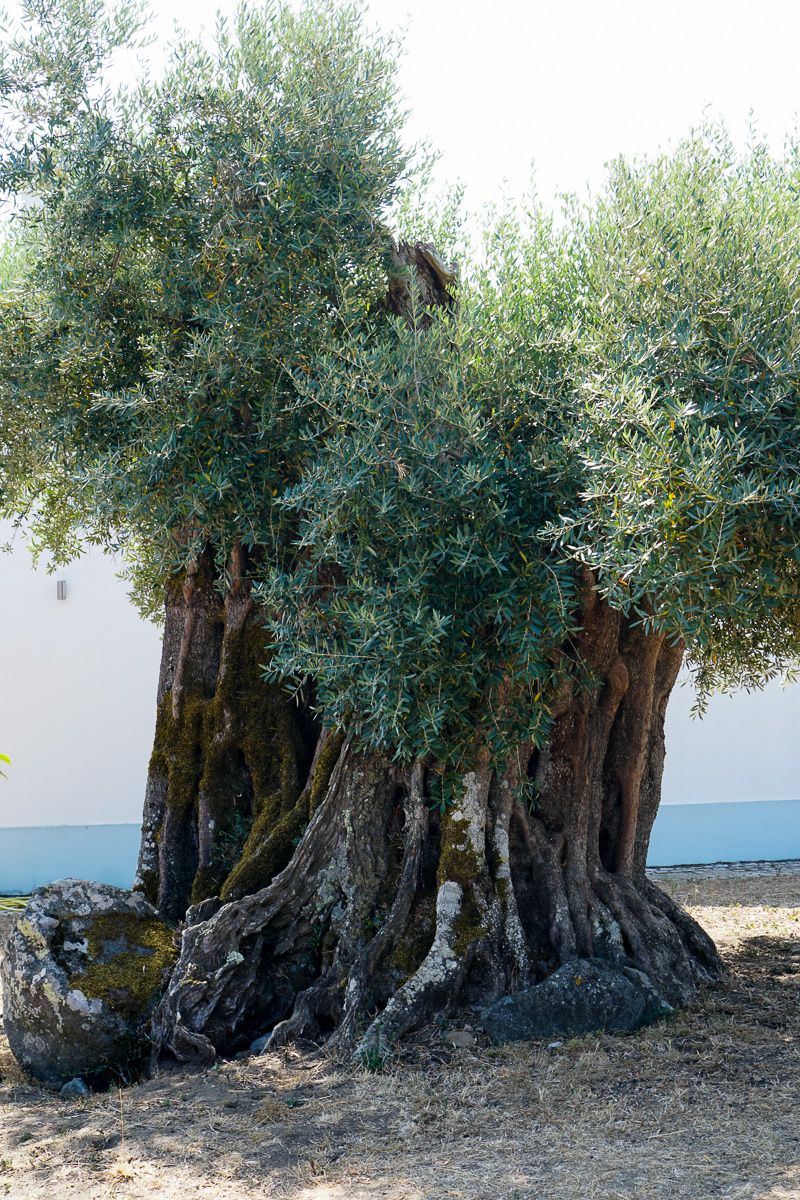
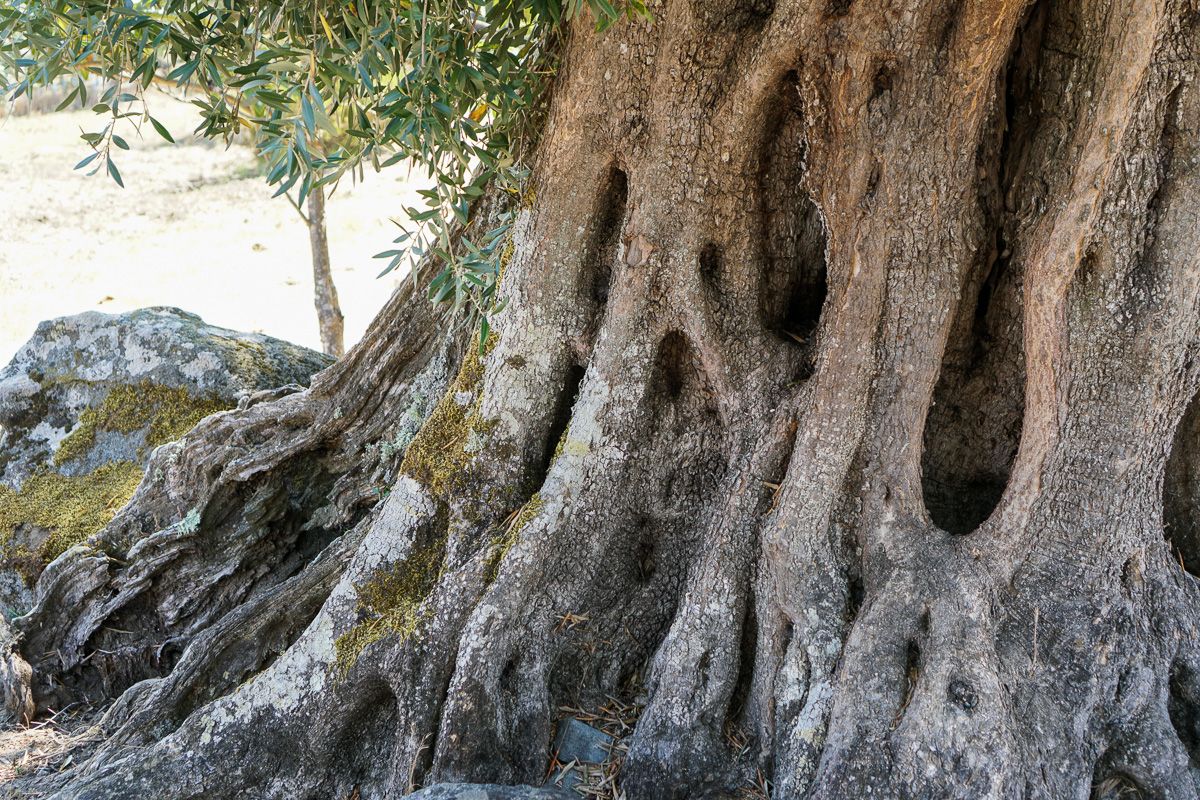
Left and right: the original 2000 years old olive trees.
When his grandfather passed away, six years before our visit, João and his family decided to maintain the grove rather than sell it. Neighbours in the area thought they were insane to try. To justify continuing the business they chose to produce, brand, package and sell the olive oil themselves.

Left: Old tree. Right: Olive Grove.
This was a limited number of trees to have for production, so they added a second grove, bringing their tree count to over 500 trees. However, this is still considered a small enterprise.
Both João and his wife work full-time in Évora as teachers, so taking on the farm was a significant commitment. To add even more challenge to the project, they decided to continue to grow their olives organically even though the current trend is toward high-volume, non-organic farms. João showed us how the neighbours are doing just that. On one side of the farm, we saw a new high-density GMO olive grove. As this neighbouring farm uses pesticides and herbicides, João is unable to use the crop from the adjacent row of trees on his farm as they are exposed to these chemicals. Explaining the growing and harvesting olive process in detail, it was evident that João is a great teacher and has a great love for the olive and the land.
They went to a lot of trouble to design their label. The name is Amor é Cego which means "Love is Blind." The figure on the label is based on "decorative figurines made from clay throughout centuries by artisans in the Alentejo to portray feelings, local trades and sacred figures. The "Amor é Cego" figure, blindfolded and adorned in festive attire, symbolizes the irrationality of love, the same love this family feels for their land, the same irrationality."
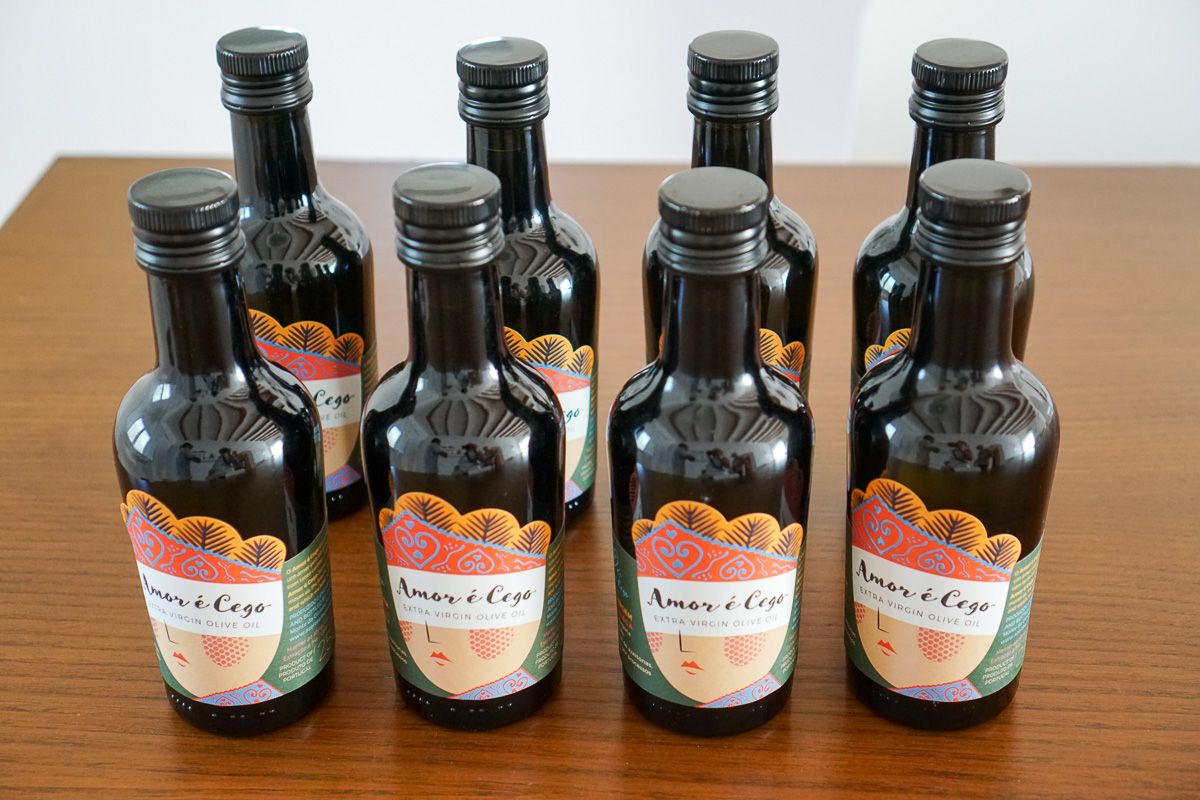

Left: Amor é Cego olive oil. Right: The figurine used for the inspiration for the label.
We were given a tasting of this excellent olive oil in cobalt blue glass tulip cups; these are the official standard for tasting olive oil globally. Blue disguises the colour of the oil and allows it to be judged only on the flavour. Then a little bit of bread to balance the taste. It was so delicious! Despite having very tiny backpacks, we managed to bring three 250mls bottles home.



Left: Tulip glasses and oil. Middle: Beautiful olive oil Left: John paying close attention to João.
A friend allows them to use his mill, which means the olives have to be harvested by hand in three days, and they need to get them to the mill within six hours of picking! They get about 7 litres of oil per 100kg of olives - a meagre yield. They average 600-700 litres a year; however, in 2020, they produced only 340 litres of olive oil.
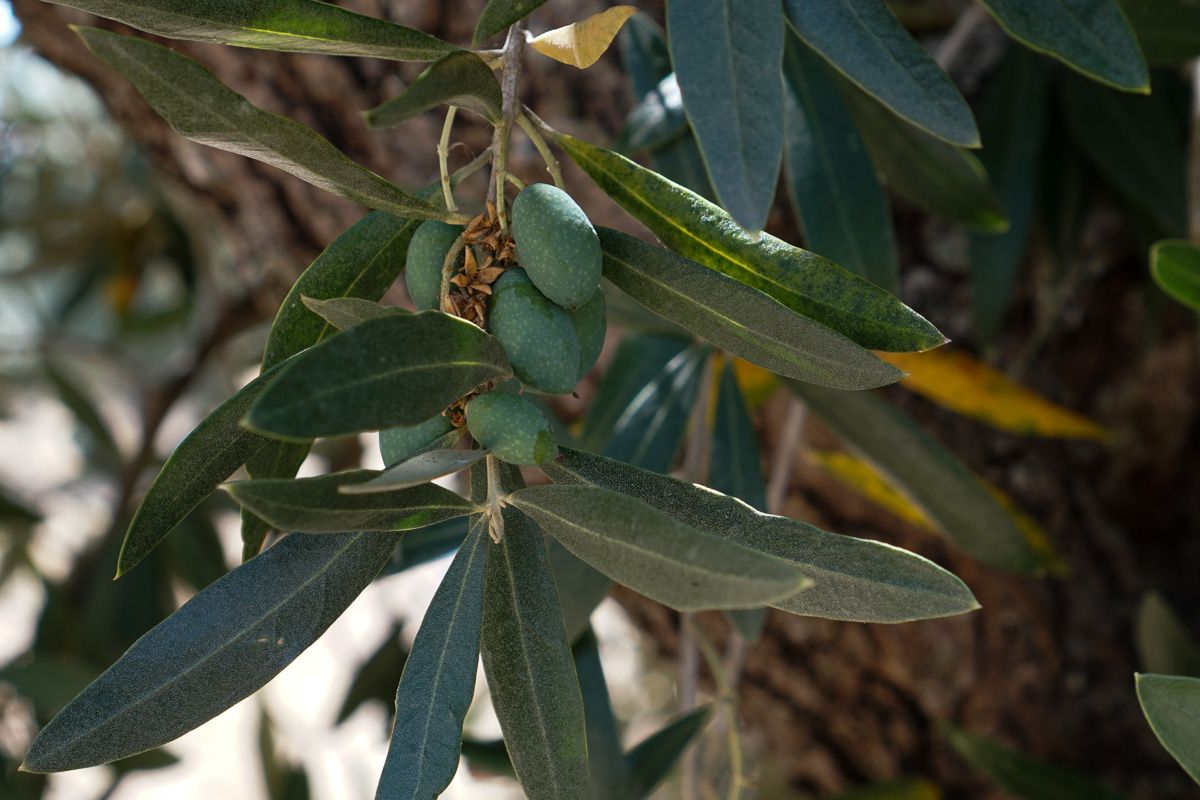
The Olive.
It was a lovely location, and despite the 45° heat, we had a delightful, informative time with João. He advised us that one of the restaurants in Évora was using his olive oil, and he arranged for us to get a reservation at Mementos that evening where we had a very delicious farm-to-table meal!
Before leaving we asked João about the numbers on cork trees. He gave us a full lesson on the cork tree, like any good teacher! Did you know that Cork trees are actually evergreen Oak trees? The scientific name is Quercus Suber. The cork is not harvested from the tree until it is 25 years old and then once every 9 years after that. This is where the number on the trees comes in - I told you that I would get there! The year that it should be harvested again is then painted on the tree so it is easy to see when that should take place. You can see that the harvesters carefully strip the bark off. "Stripping a cork oak of its' bark also enhances its ability to absorb carbon dioxide: in Portugal alone, cork trees help offset over 10 million tons of CO2 every year".
Cork is another major Portuguese product. Portugal provides about 70%+ of the world's trade in cork. With all the cork items we saw in our travels I'm surprised they had any left to export!

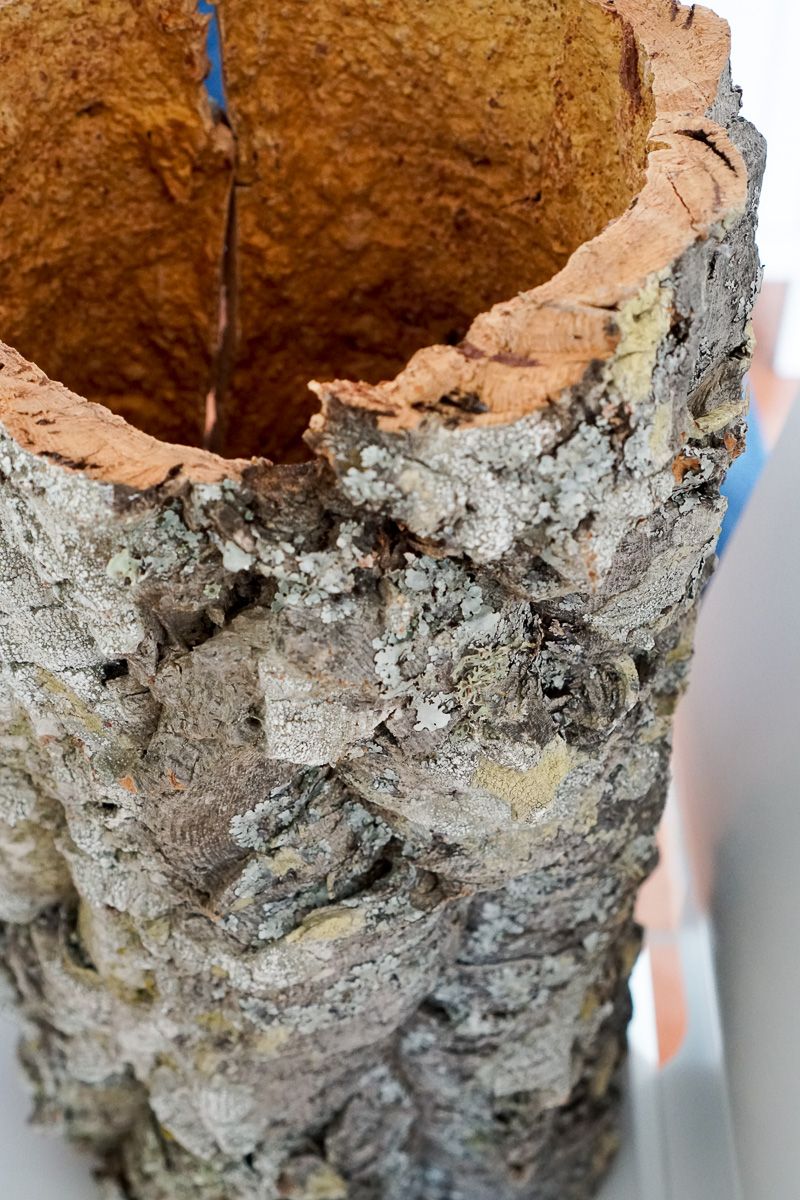
João compares the thickness of the wine cork to the thickness of some harvested cork
João also suggested that we venture to Monsaraz, a medieval village, about 53 kilometres from Évora. We took his advice and drove to the town located on a hill with views over the river Guadiana and the frontier with Spain. It is one of the oldest villages in Portugal and was quite lovely with an incredible vista over the valley below.
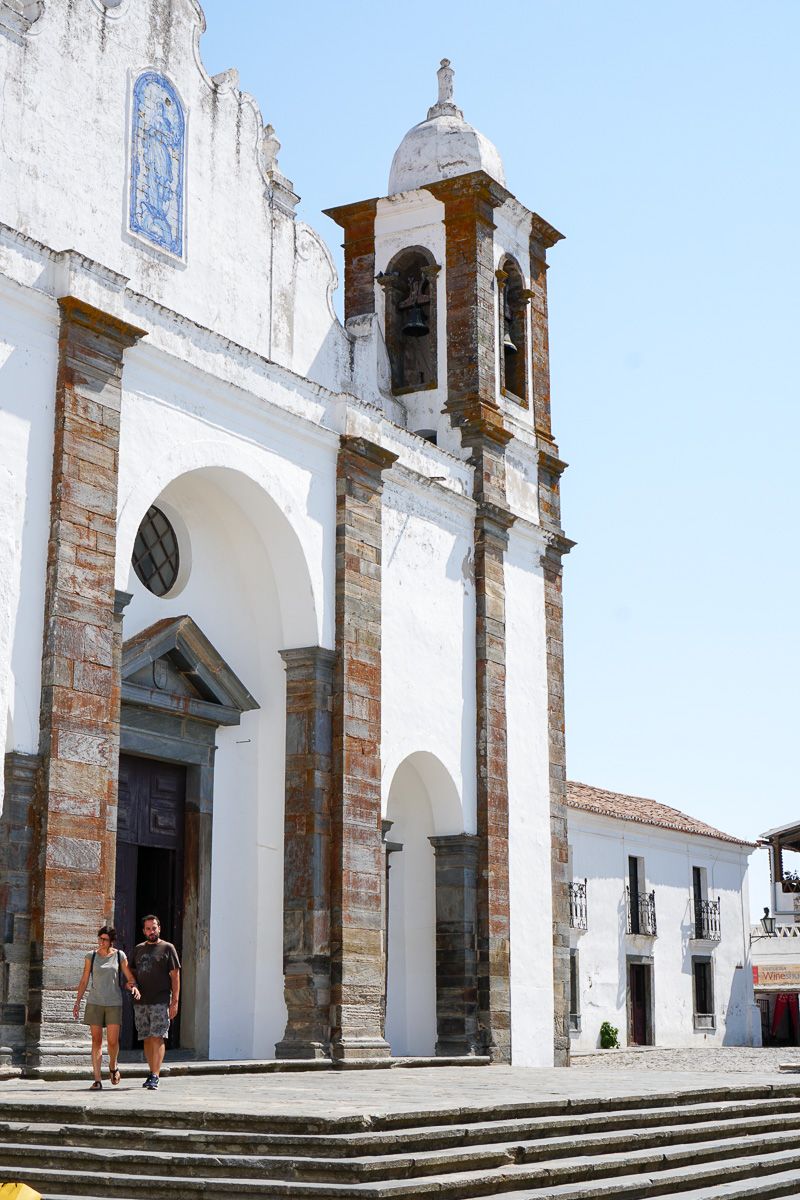
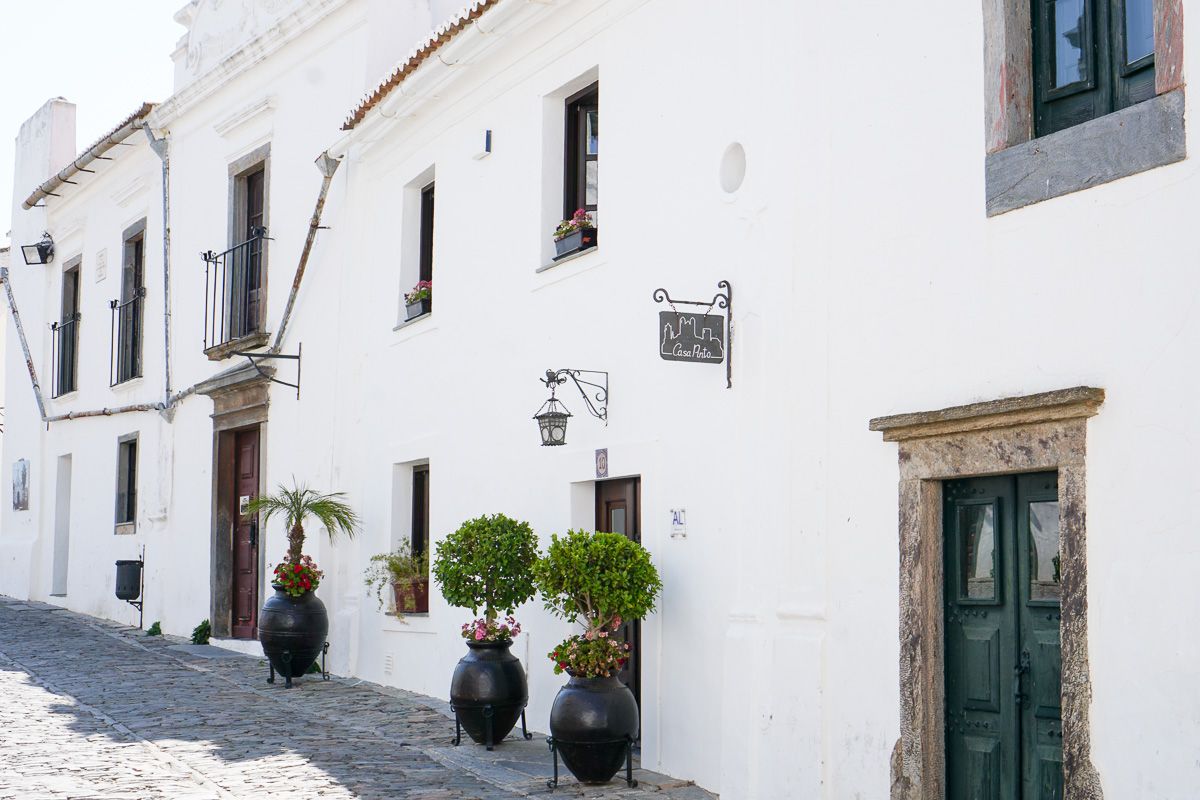
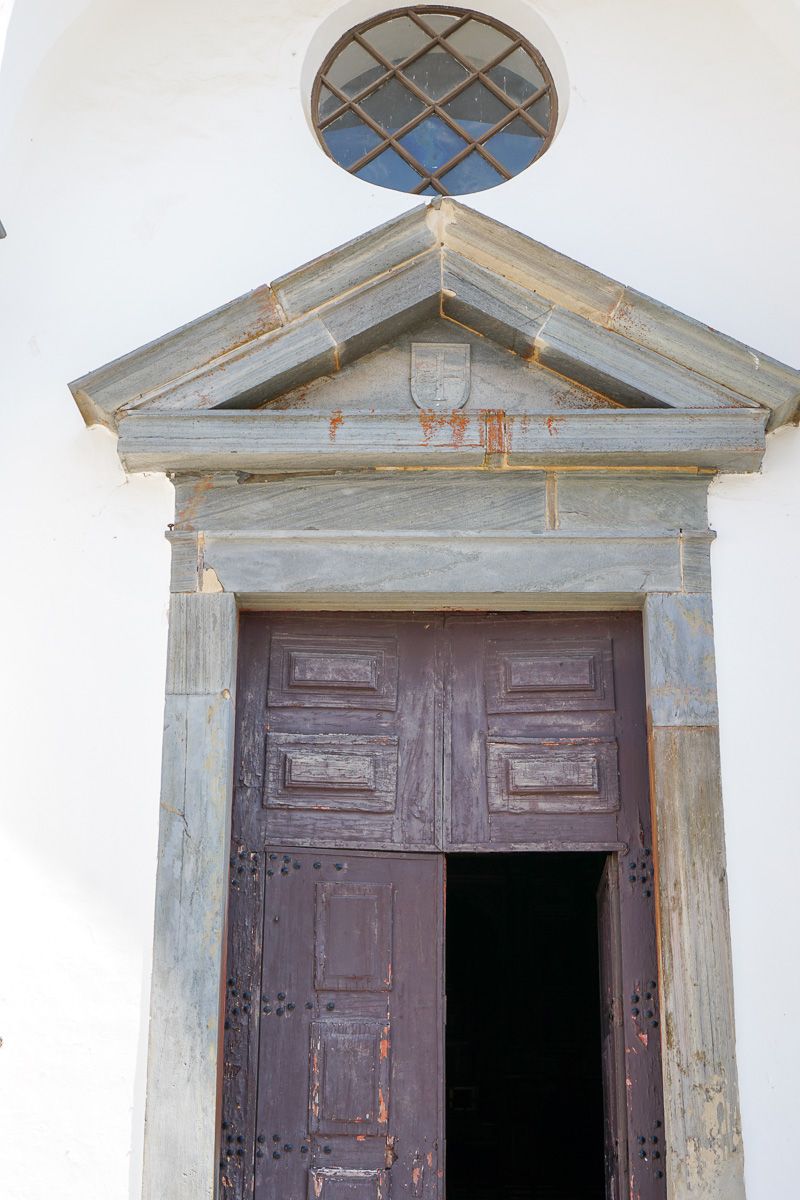

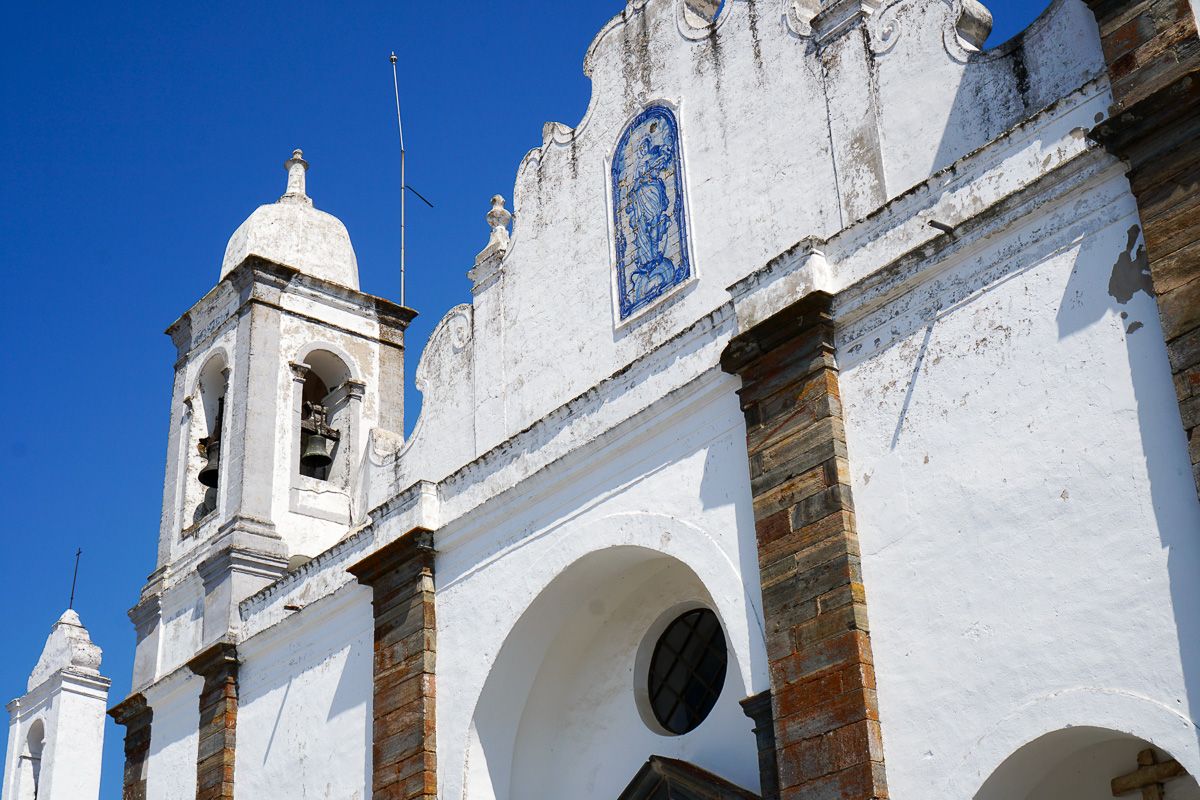

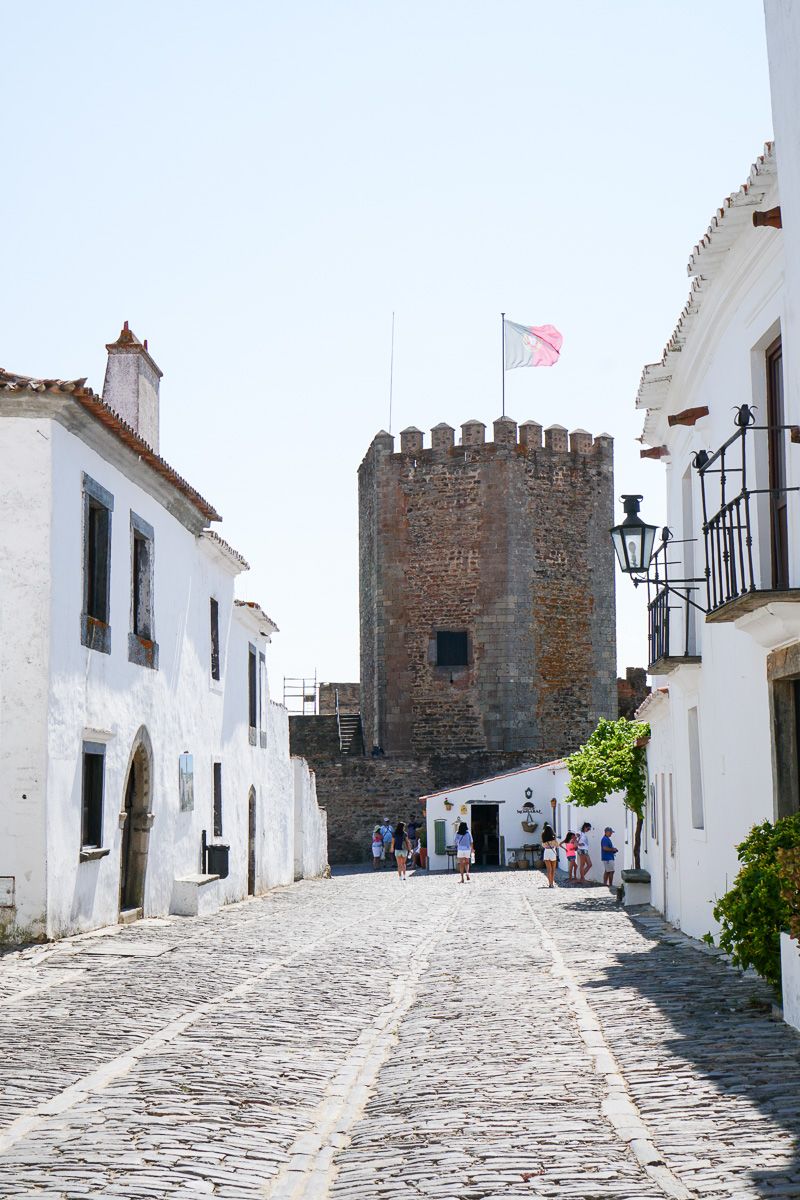

The Village of Monsaraz and the Castle.
We wandered around the town, stopped for a quick lunch of octopus salad, and climbed the castle. In the centre, there is a ring where bullfighting took place. Even today, there is a celebration in September that includes bullfighting.
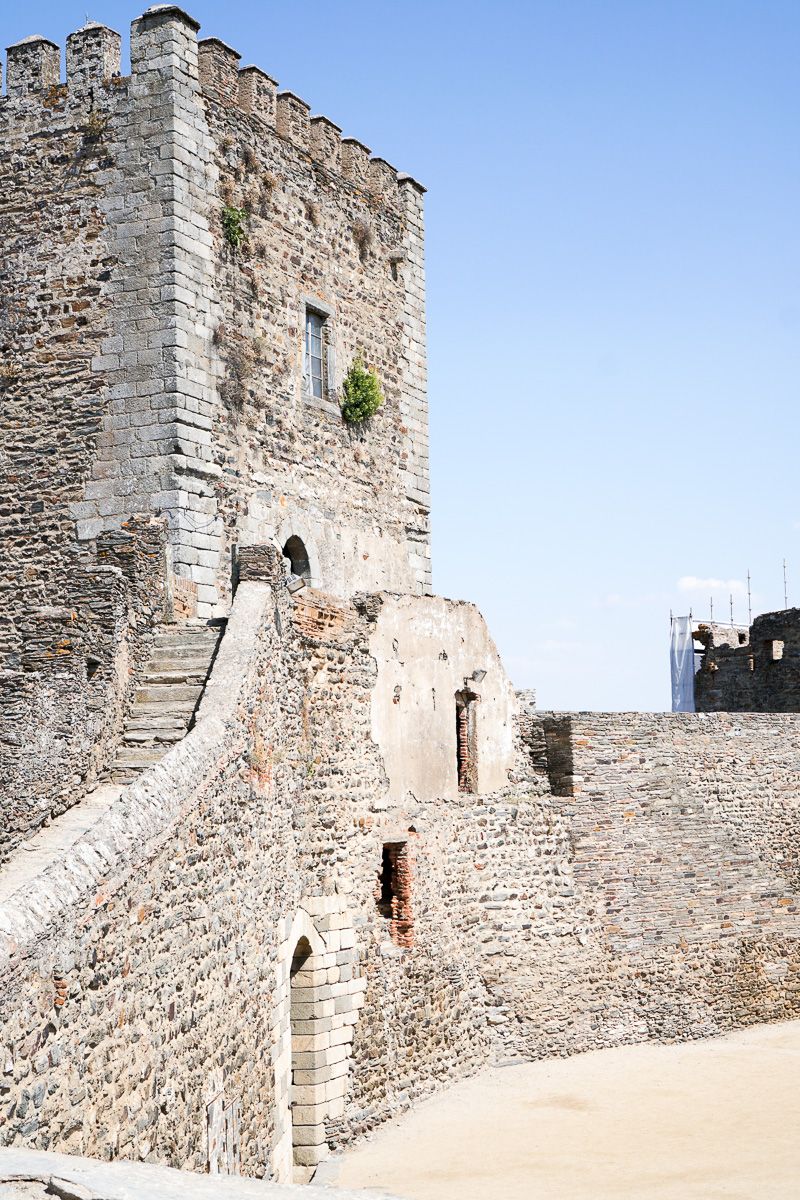
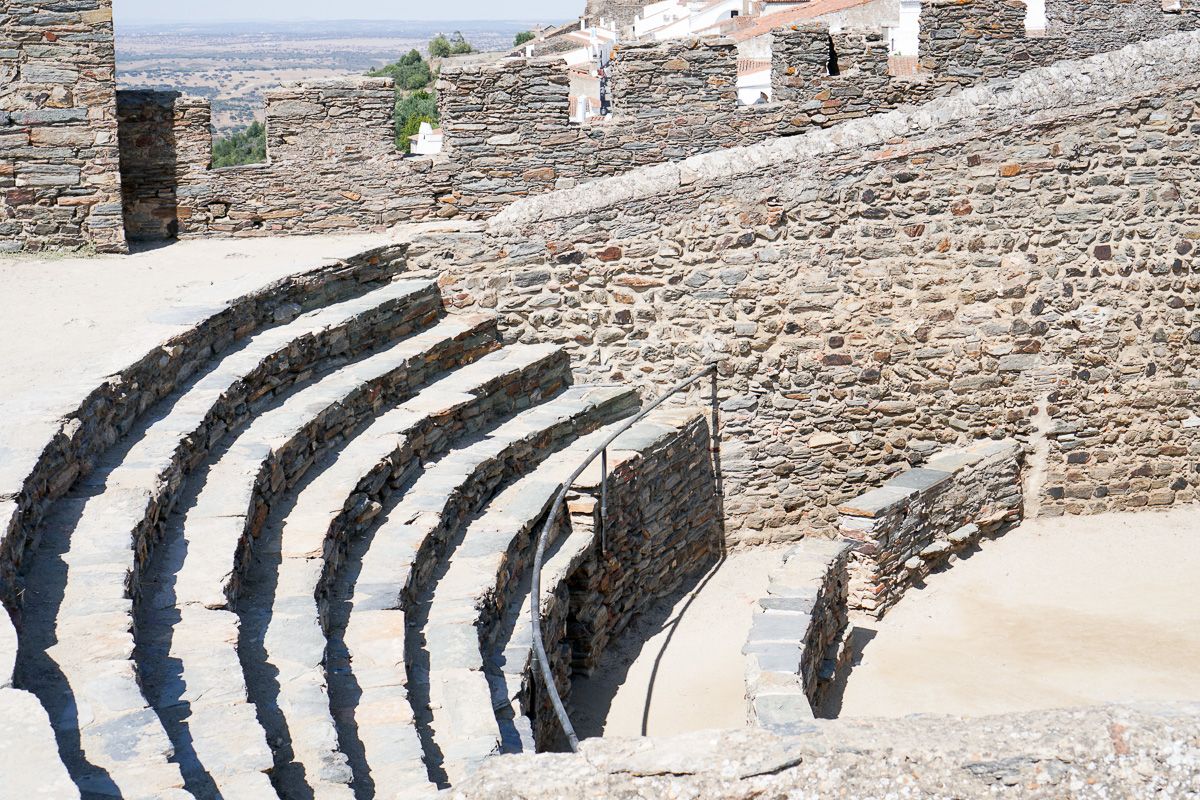
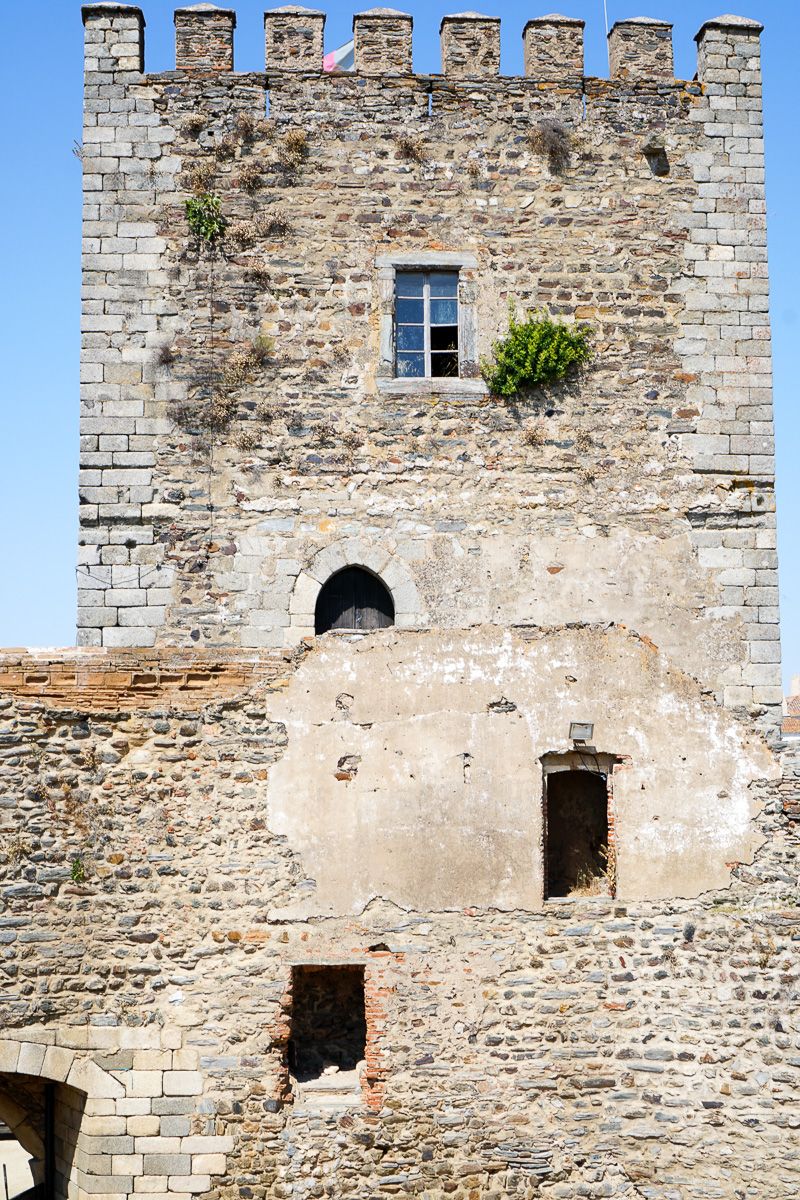


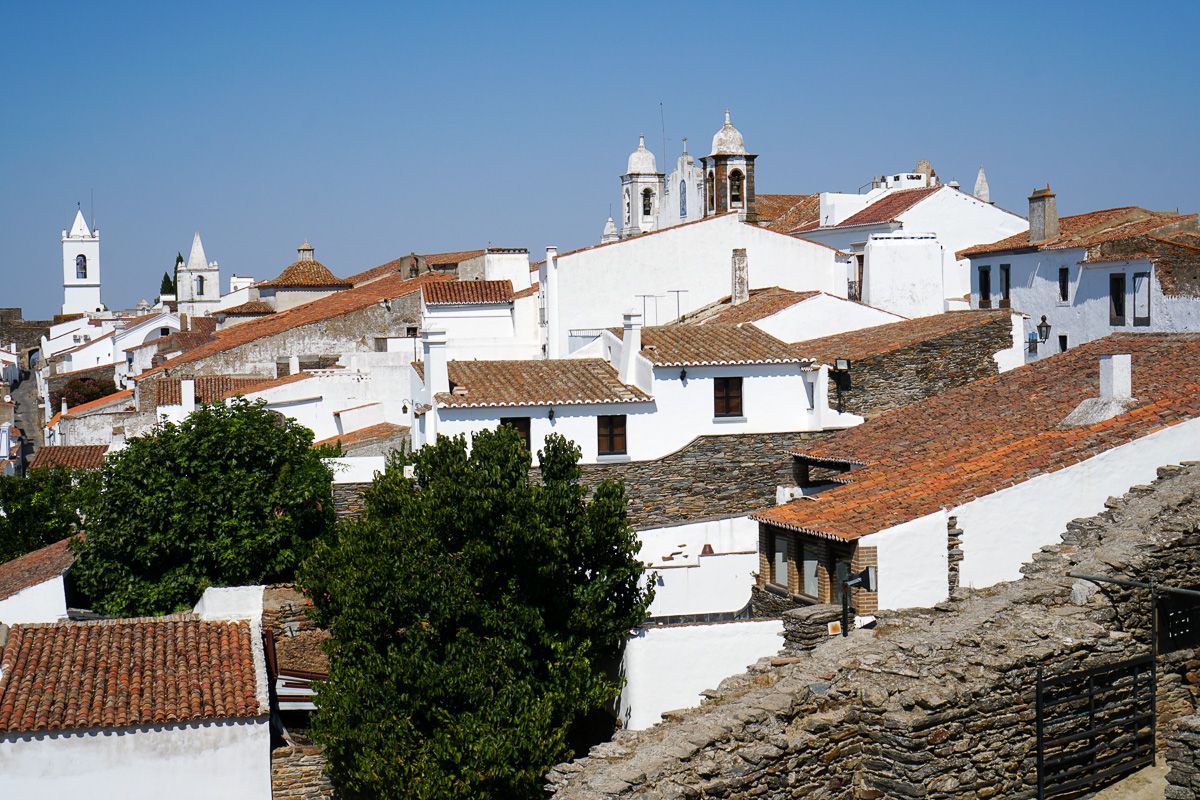


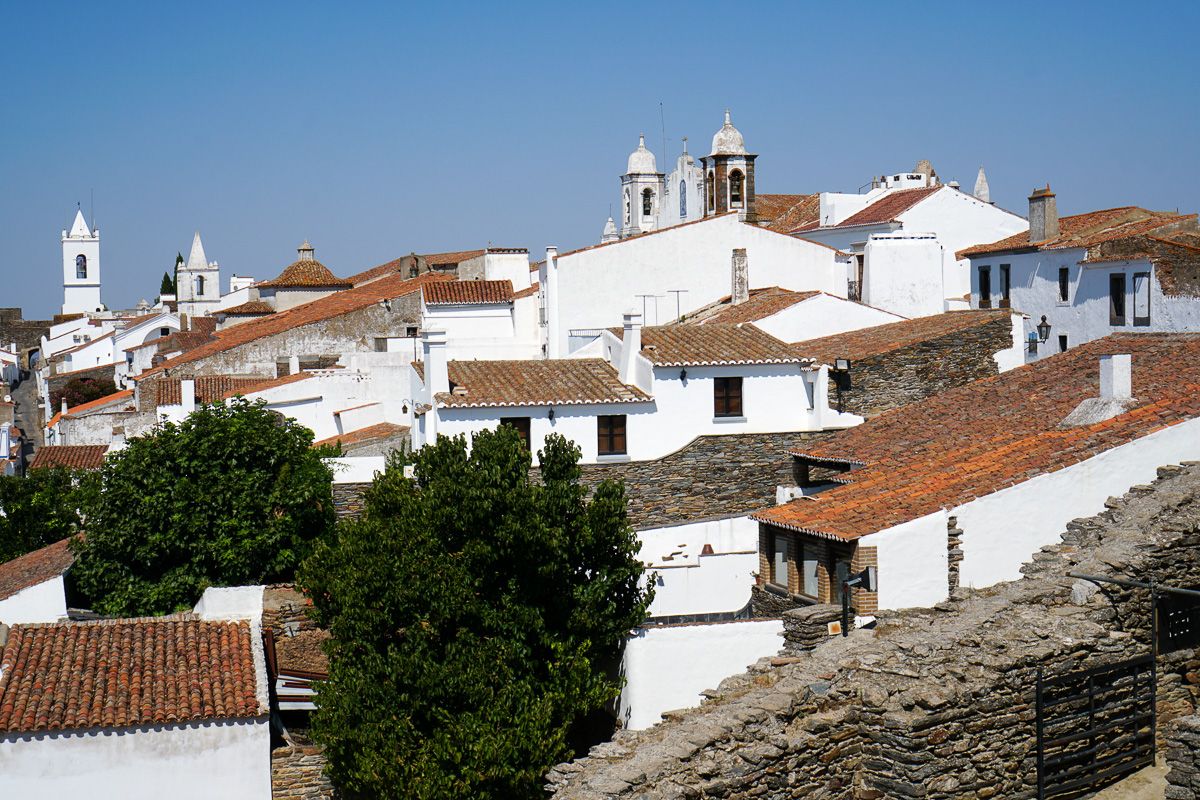
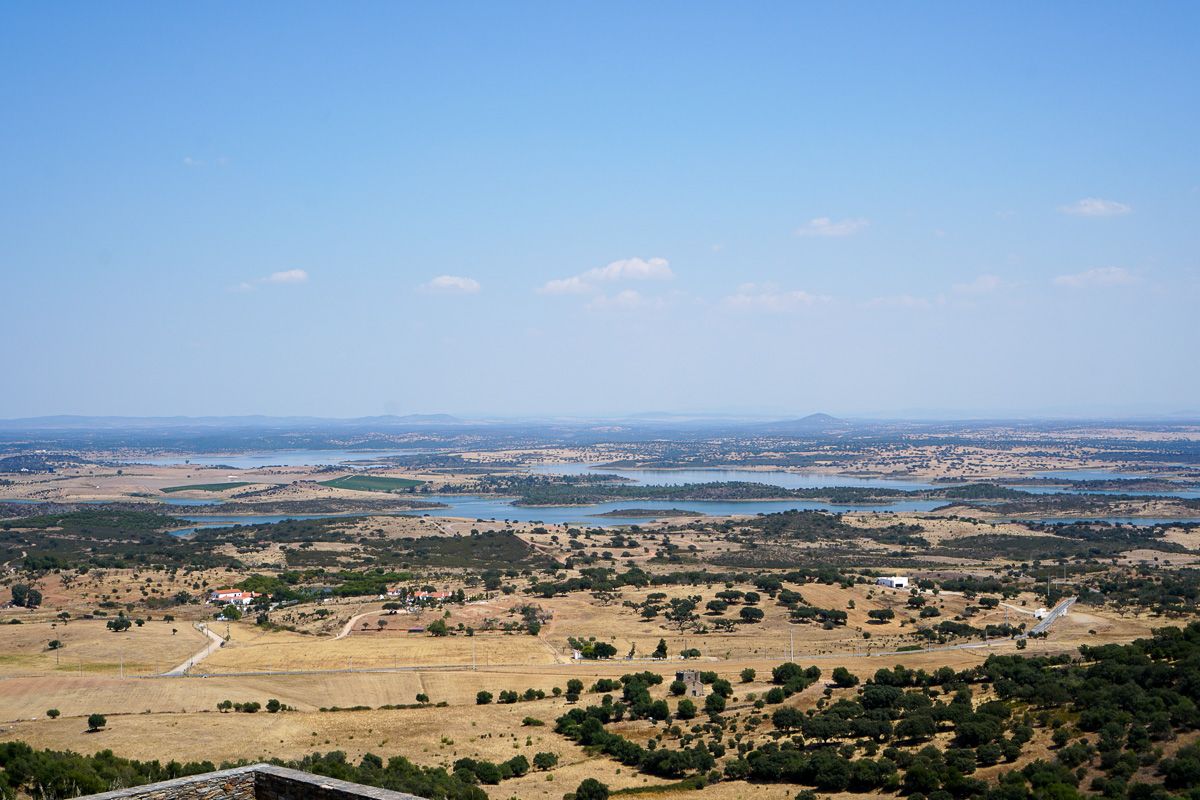

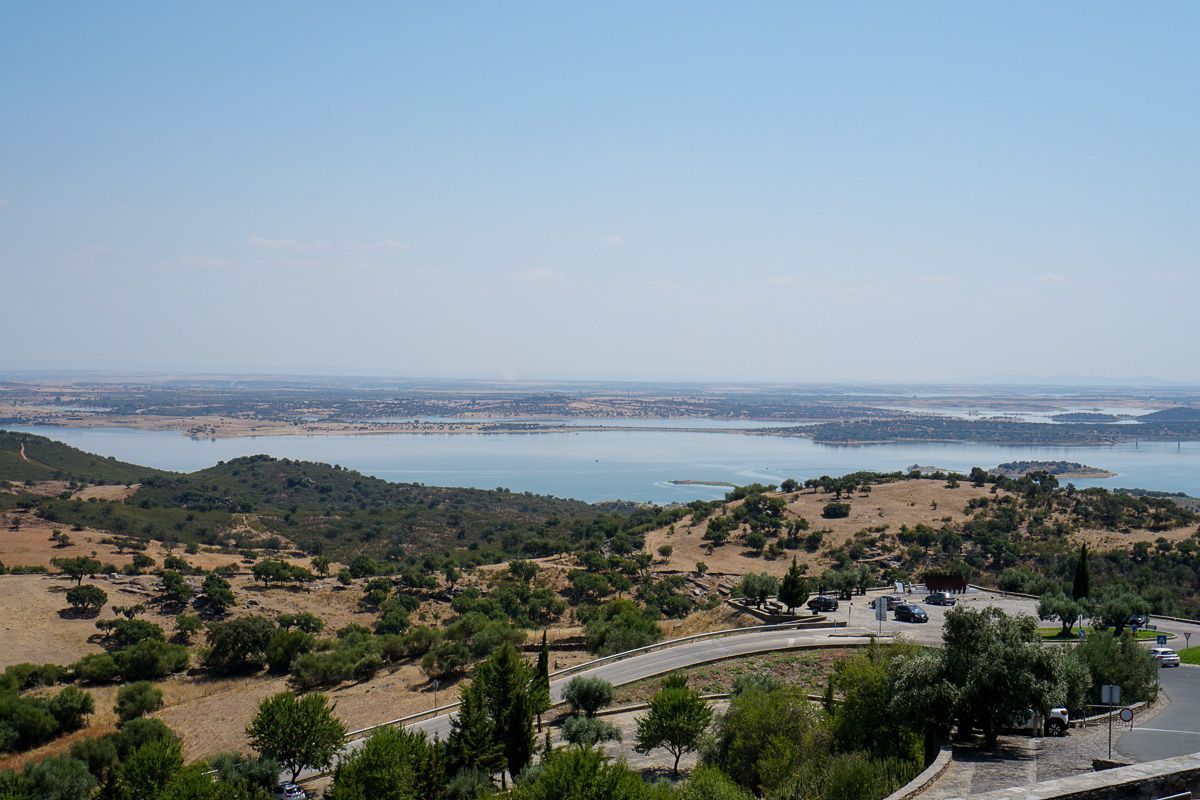
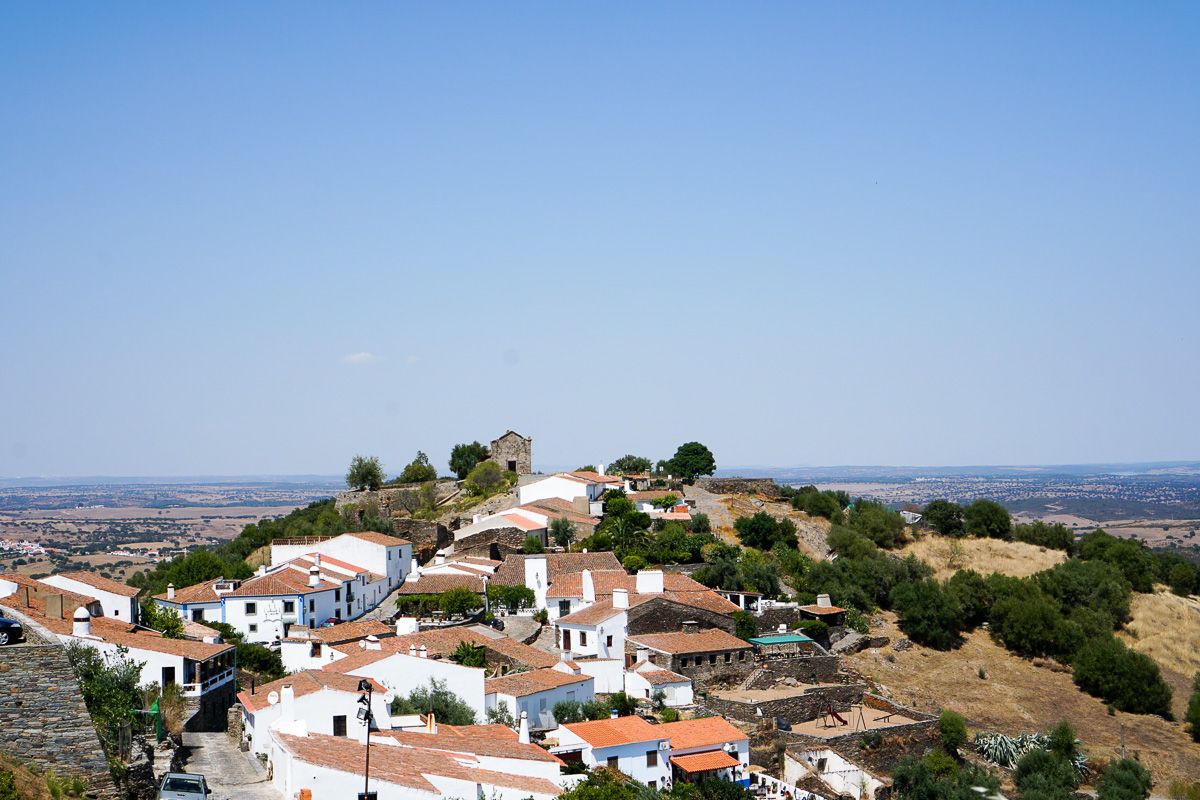
That evening back in Évora we went to the restaurant that João had recommended, Mementoes Evora. The Chef made us very comfortable and the farm-to-table meal was delicious and a great way to end our stay in Évora.
Now off to Coimbra - famous for the library and the ideas that JR Rowling took from there for Harry Potter. But more about that later!
Until next time........

